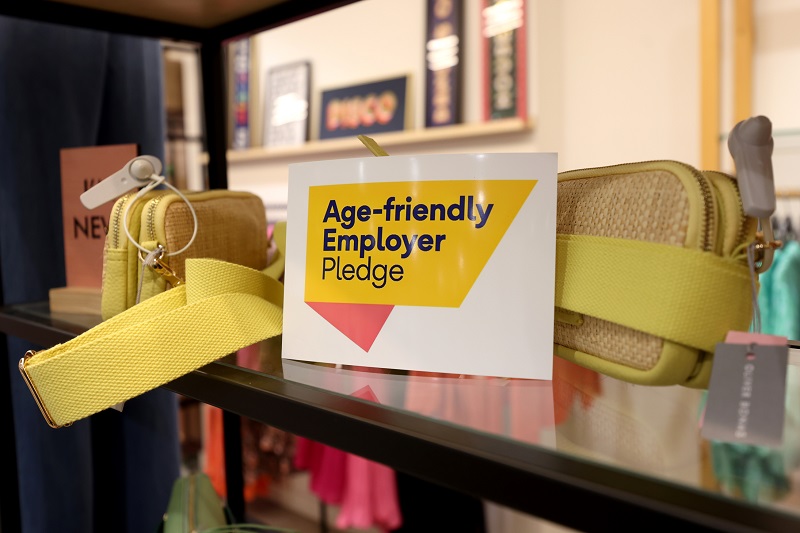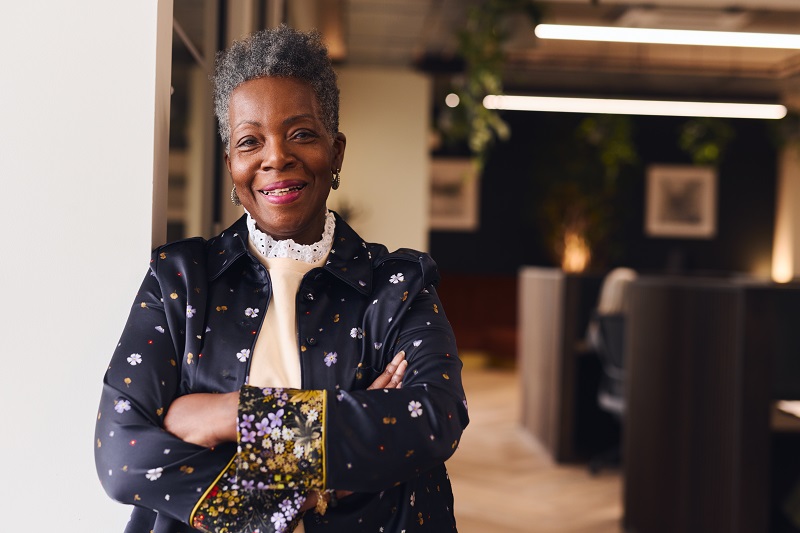From repositioning enterprise technology to work as intuitively as consumer apps, to implementing wide-reaching initiative for countering unconscious biases, SAP UK’s Tom Loeffert explains how to retain and engage millennials; the largest faction of the workforce.
Business behemoths dominated the Fortune 500 list for decades, yet 52 per cent of these companies no longer exist. They’ve either merged with other entities, been acquired, or gone out of business. SAP UK’s head of HR, Tom Loeffert, believes these businesses were victims of their own hubris. “It’s a false sense of security to assume your business is secure,” he warns. “The future is here. Artificial intelligence, augmented reality, drone technology, machine learning et cetera. And it’s having an impact on every company out there.”
With millennials leading the charge, Loeffert believes diversity and digital transformation will be the biggest drivers for a corporate shake-up. Referring to an SAP commissioned report, Leaders 2020, he explains that only one in five businesses feel they’re “winning” in the digital economy, even though the concept of going digital is hardly new.
“There’s no company today who shouldn’t think of themselves as a tech company. 40 per cent of the S&P 500 won’t exist in the future if they don’t keep up in the next 10 years. The key is adapting. Another report we had commissioned, Workforce 2020, warns that businesses are headed over a leadership cliff if they don’t update their skills. That was two years ago. Now we’re at that cliff, and many businesses are still not adapting−at least not quick enough.”
SAP’s Leaders 2020 report was based on Oxford Economic research, which surveyed over 2000 employees and 250 executives across 21 countries. It revealed digital “winners” and the characteristics they displayed, including the fact that HR as a function is transforming from an initiative-led to data-driven field. It foresees that successful businesses will implement more mature strategies to hire talent, succession planning and honing skilled talent, including 68 per cent that plan to build diversity-led strategies.
Focusing on these strategies will mean that 38 per cent are more likely to report revenue profit growth, and are more likely to be satisfied, and less likely to leave.
See also: The rise of the AI recruiter: is HR tech the next to challenge human intuition?
“Millennials expect their work to function like their lives, completely digital. We’re not going to change employee expectations so we have to evolve. At most companies, decisions are not data-driven, so it’s back to intuition and experience, which is just not going to cut it for millennials,” Loeffert adds.
Looking at leadership at all organisations, we generally do a good job of a having a workforce reflective of our society, but what is hindering more women and minorities from moving from entry-level roles to higher levels is ultimately unconscious bias, he says. “Ultimately, it’s about having stronger human capital management through five key strategies.”
- Digital should be more than a buzzword.
- Businesses must view diversity as an investment. Companies reporting a higher level of profit say diversity is a key focus. There’s a strong business case for it, so the time to act is now.
- Cater to millennial executives who increasingly demand digitally-led, flexible work.
- Invest in growing the workforce.
“Millennials have a Tinder reaction to most things. The minute they don’t like it, they’ll just swipe to the next option, and that includes their jobs,” Loeffert warns. Digital winners are 1.5 times more likely to leverage technology to drive business goals, which he sees as the ‘Uber/Airbnb experience’.
“These platforms are intuitive, and it’s a key part of life. We need to make enterprise technology the same. No one should need a two day course to use something they’ll need at work.”
Millennials take a more negative view about the progress of digital transformation, he adds. “We need to constantly ask ourselves ‘what’s the frame of perspective we’re using?’ Strategies can’t just be words on paper, or on a deck. Millennials need to see changes and real commitment.”
According to SAP research, both male and female executives are unimpressed with current diversity programmes. Women are less likely to say the company fills roles from within, and 45 per cent are less confident of succession planning and their roles in the future. Understandably, diversity at senior levels are a cause for concern.
“Digital winners have a greater proportion of female employees but are much less likely to feel their company has an effective diversity programme,” Loeffert says. “Again, we need to ask ourselves what frame of perspective we’re using. Diversity is most effective when male and female employees have difference in opinions. The higher up you go, however, the less diversity you see. When asked how diversity in their organisation has changed over the past three years, respondents say that 67 per cent of the women in these organisations are in the general workforce, 40 per cent at mid-level, and 34 per cent at board and senior level. They population of the world is split pretty evenly but that’s not reflected at senior levels in business,” he adds.
“Enterprise is designed to make money, and for real change, it’s about convincing senior leadership to see the business value in HR strategies, and personalise it for people,” says Loeffert. That’s why it’s all the more important to make the business case for a two-pronged approach; diversity and digital, to appeal to millennials as the largest faction of the workforce. “Diversity will make or break business success in future. The sooner businesses act on that the better.”








